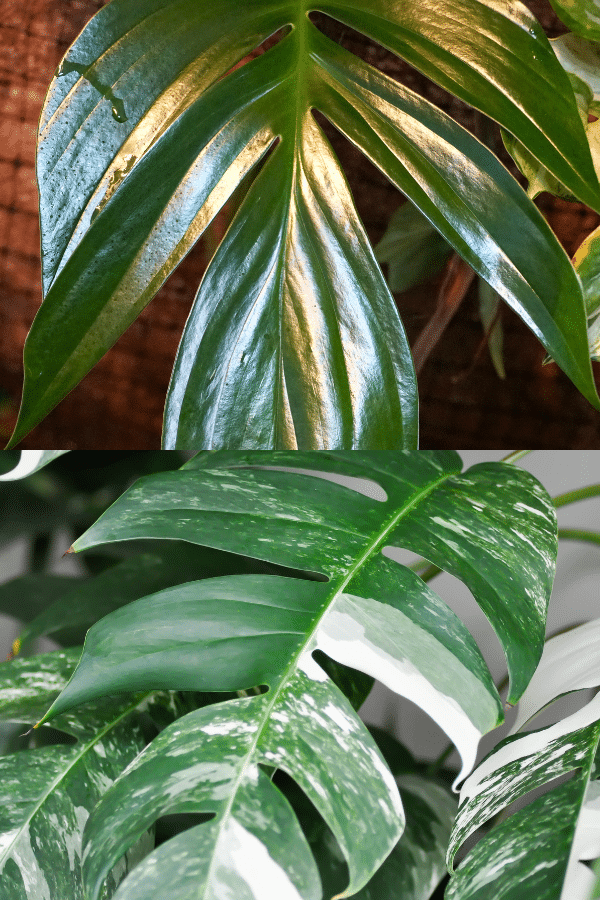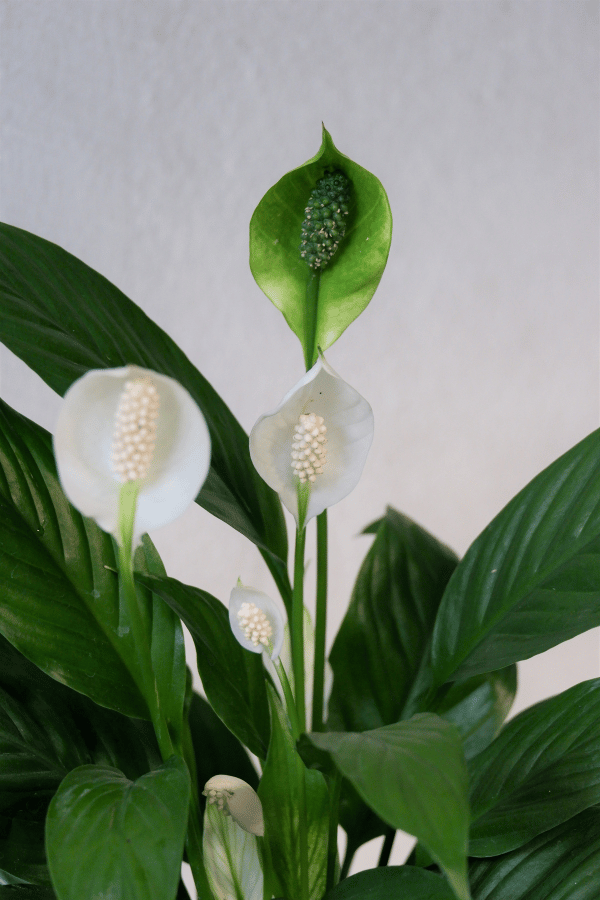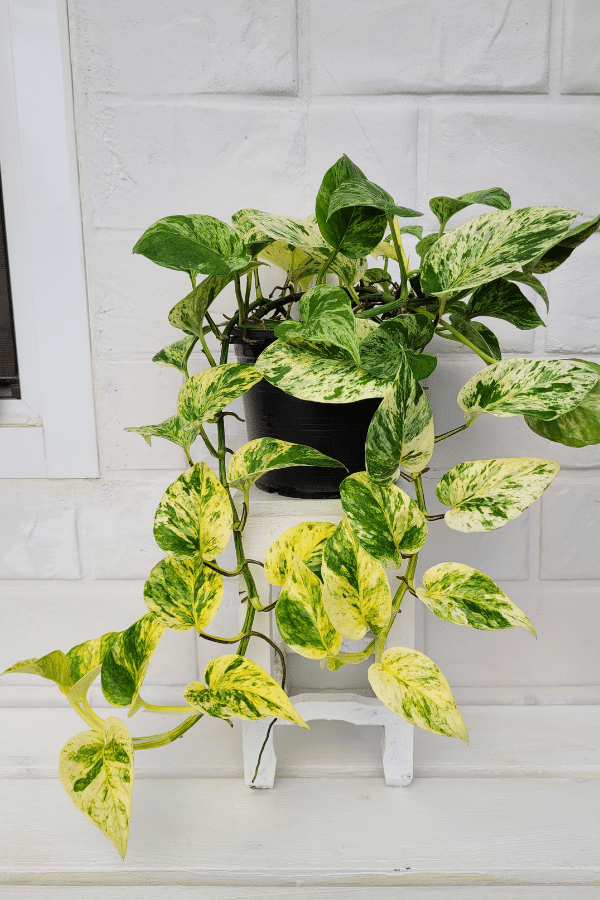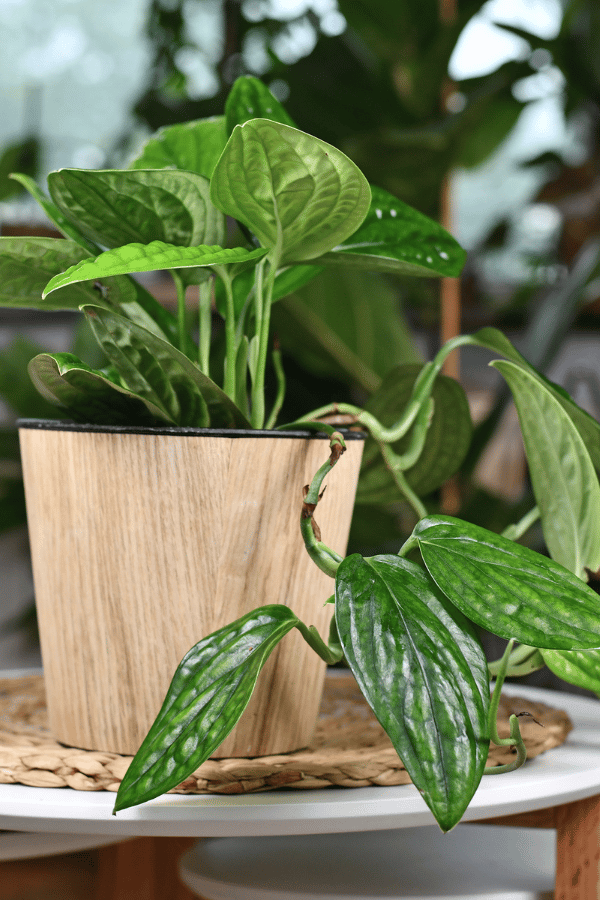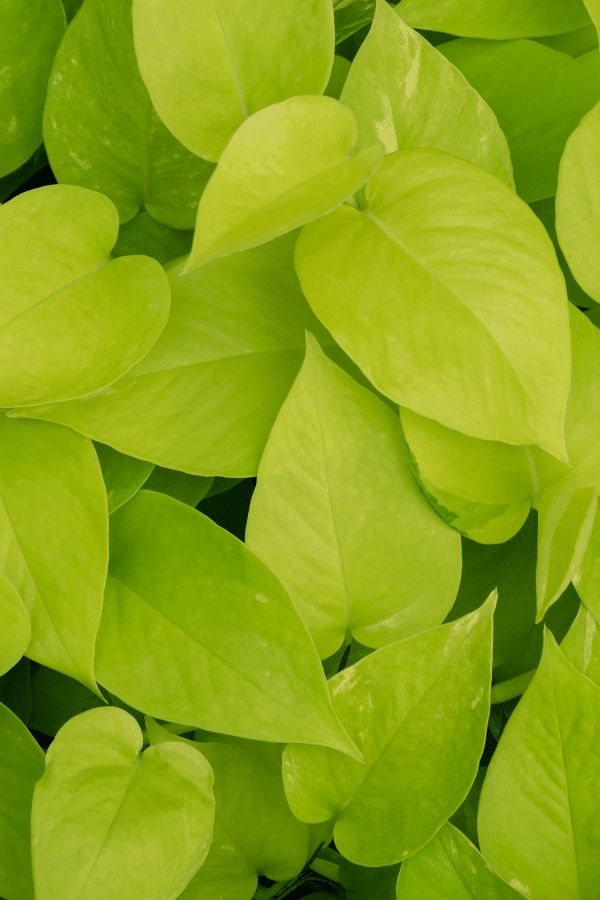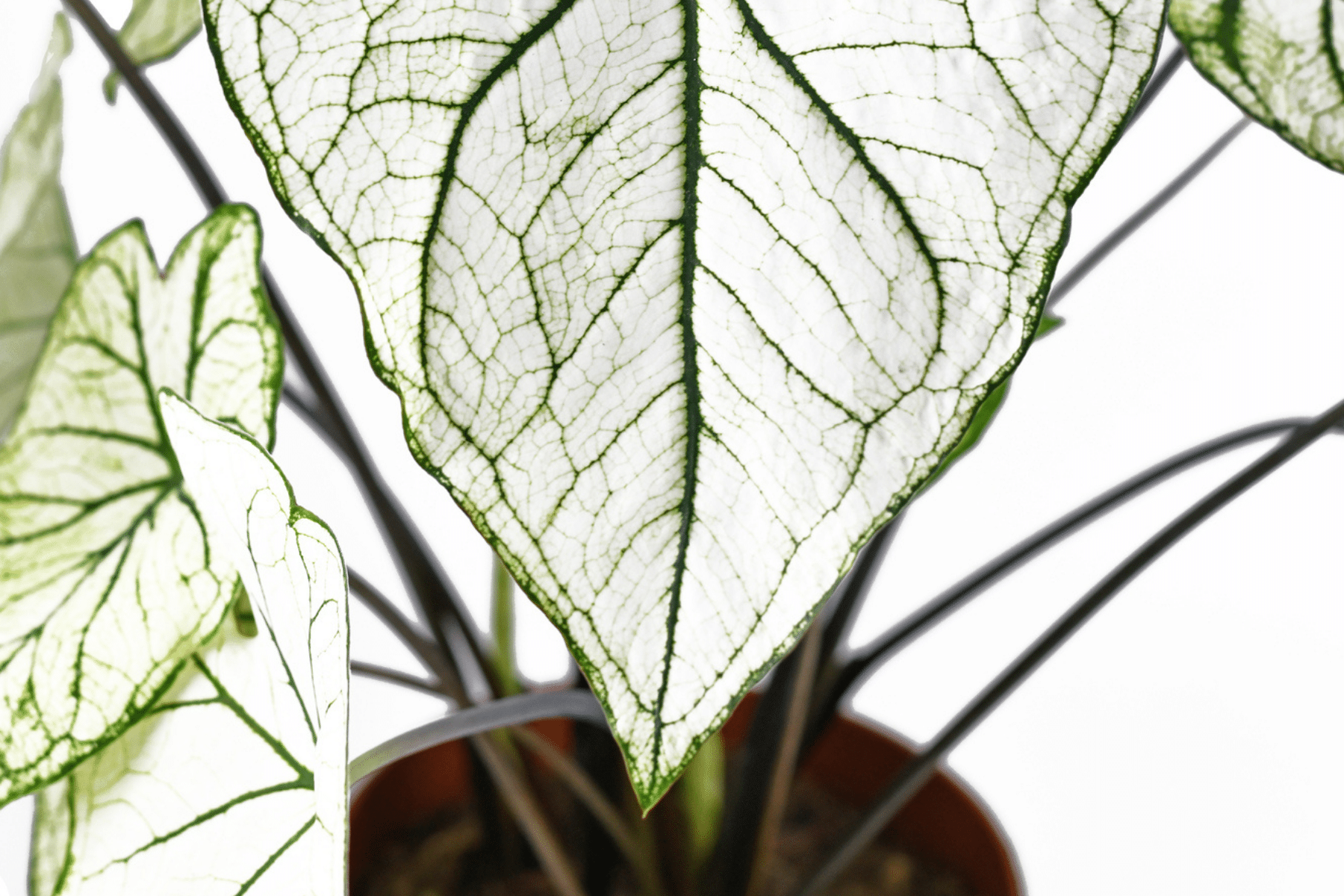Peperomia Orba
Scientific Name: Peperomia Orba
Common Name: Teardrop Peperomia
Peperomia Orba care is an easy Peperomia to grow and care for. Being a semi-succulent, be sure to not overwater this plant as the plant will store water in their leaves. With teardrop foliage that trails, this Peperomia is perfect for a hanging basket or on top of a bookshelf.
To give this Peperomia plant the best care, it requires well-draining soil that is rich in nutrients, allow the soil to dry out, provide it with bright indirect sunlight, temperatures ranging from 65-75F, and average humidity levels.
Quick Care Overview
| Common Name | Teardrop Peperomia |
| Scientific Name | Peperomia Orba |
| Family | Piperaceae |
| Origin | South America |
| Growth Rate | Fast |
| Identification | Green-gray leaves with white stripes, shaped like teardrops |
| Height | Up to 6 inches tall |
| Soil | Well-draining soil |
| Water | Allow soil to dry out before watering |
| Temperature | 65-75F |
| Sunlight | Bright indirect sunlight |
| Toxic to Cats & Dogs | No |
| Toxic to Humans | No |
| Pests | Mealybugs, aphids, spider mites, thrips |
| Diseases | Root rot |
Below we will dive deep into this Peperomia Orba care guide.
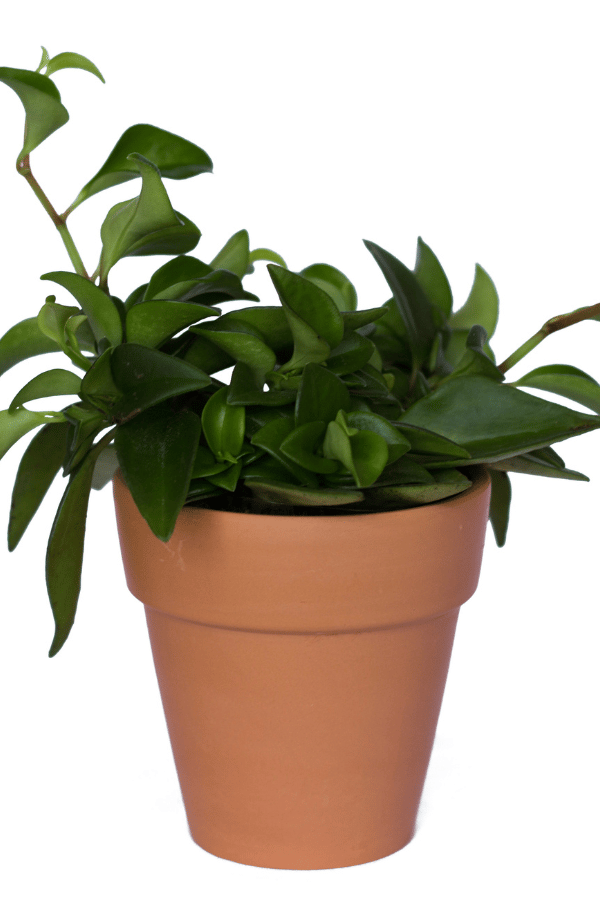
Peperomia Orba History
South American native, Peperomia Orba is a compact perennial succulent that is also known as Peperomia ‘Teardrop’ and Peperomia ‘Pixie Lime.’ This easy-to-grow dwarf plant features attractive small foliage that looks wonderful when placed in small baskets and decorative containers. The name Peperomia derives from the Greek terms homoios and peperi, meaning “resembling pepper,” and the term ‘Orba,’ which means “orphan” in Greek.
Peperomia Orba Identification
This unique dwarf Peperomia presents with waxy, hairy, green-gray foliage that has white striping down the middle of the leaf. Foliage is shaped like teardrops and may grow up to four inches in length. Stems and petioles have a reddish hue.
Peperomia Orba Growth Facts
Despite the plant remaining compact, Peperomia Orba is a fast-growing plant that will reach maturity in about 7-10 years.
How Big Does a Peperomia Orba Get?
This Peperomia may grow up to six inches tall and 12 inches wide.
Peperomia Orba Care
Peperomia Orba is very easy to care for and may be placed nearly anywhere in the house due to its compact size to add an exotic appearance to any space.
Peperomia Orba Soil
Peperomia Orba will prefer being grown in a well-draining, airy growing mixture. An excellent growing medium is a 2:1 mixture of peat moss or coco coir to perlite or sand.
Peperomia Orba Fertilizer
Peperomia Orba will benefit from a balanced liquid fertilizer feeding monthly during the warm growing season of spring and summer. Fertilizer applications should be halted throughout the autumn and winter. Ensure that you follow all label instructions to prevent chemical burn and damage to your plant due to overfertilization.
Peperomia Orba Watering
Being a semi-succulent, Peperomia Orba has the capacity to retain water within its fleshy foliage. This plant is very sensitive to overwatering and susceptible to root rot. In the warm growing season of spring and summer, you should keep your Peperomia’s soil moderately moist but not oversaturated with water. In autumn and winter, the watering frequency may be reduced. Allow the top few inches of soil to dry before rewatering.
Peperomia Orba Light Requirements
Peperomia Orba requires medium to bright indirect sunlight in order to thrive. Too low light conditions will lead to its foliage wilting and yellowing. Conversely, being placed too close to a window receiving direct sunlight will cause the foliage of this Peperomia to burn. Therefore, this Peperomia is best placed near an eastern-facing window or several feet away from a southern or western-facing window. Alternatively, you may set this Peperomia underneath fluorescent lighting in a room or office to give it the light it requires.
Peperomia Orba Temperature & Humidity
Being a tropical plant, Peperomia Orba will thrive in warm temperatures, between 65 to 75 degrees Fahrenheit. It would be best never to expose your Peperomia to temperatures below 50 degrees Fahrenheit, as this may lead to permanent damage. Peperomia Orba also does not like being exposed to large temperature fluctuations and should be kept away from cold windows, drafts, AC units, and heaters. Peperomia Orba likes to be kept in an environment above 50% humidity for desired growth. Humidity may be increased by installing a humidifier, pebble tray, or misting your plant.
Repotting Peperomia Orba
Peperomia Orba is a dwarf plant that stays compact and doesn’t mind being a bit rootbound. With that being said, you should ideally repot your Peperomia every 3-5 years in the spring. Select a container 1-2″ larger than the previous with plenty of drainage holes. Be careful not to disturb the roots when repotting.
Peperomia Orba Maintenance & Pruning
Peperomia Orba does not require much pruning, but any discolored, dead, or diseased stems may be cut away periodically as needed. Use sterilized, sharp shears when pruning.
Peperomia Orba Propagation
Peperomia Orba may be easily propagated by stem cuttings. Stem cuttings should ideally be taken in early spring. Cut a piece of stem that is one to two inches long, and that has a few leaves still attached. Dip the cutting into rooting hormone and allow to callus overnight. Plant the cutting(s) into soil, water thoroughly, and place in indirect sunlight. Within a month, root formation should occur.

Peperomia Orba Toxicity
Peperomia Orba is a non-toxic houseplant.
Toxicity to Humans
Peperomia Orba is not considered toxic to humans. However, this plant is not considered edible and should not be consumed.
Toxicity to Cats & Dogs
Peperomia Orba is not considered toxic to pets. However, it would be best if you did not allow your pet to consume this plant as it may cause damage to the plant and cause digestive upset to your animal.
Peperomia Orba Problems
Peperomia Orba Leaves Turning Yellow
When it comes to Peperomia Orba, yellowing foliage is typically due to excess water or too much sunlight. However, it may also be due to frequent fluctuations in temperature.
Peperomia Orba Leaves Turning Brown
When leaves of your Peperomia Orba turn brown, it is typically due to a lack of moisture or too much direct sunlight.
Peperomia Orba Diseases
Peperomia Orba is generally disease-resistant. However, it may suffer issues related to overwatering such as root rot.
Peperomia Orba Pests
Peperomia Orba may suffer from infestation from several indoor houseplant pests, such as thrips, aphids, mealybugs, or spider mites. Upon identifying an infestation, isolate your plant, and treat it with a pesticide.
FAQ
Does Peperomia Orba Trail?
Peperomia Orba, like many other Peperomia’s, will trail once they get larger and grow, they will cascade over the edge of the pot.

